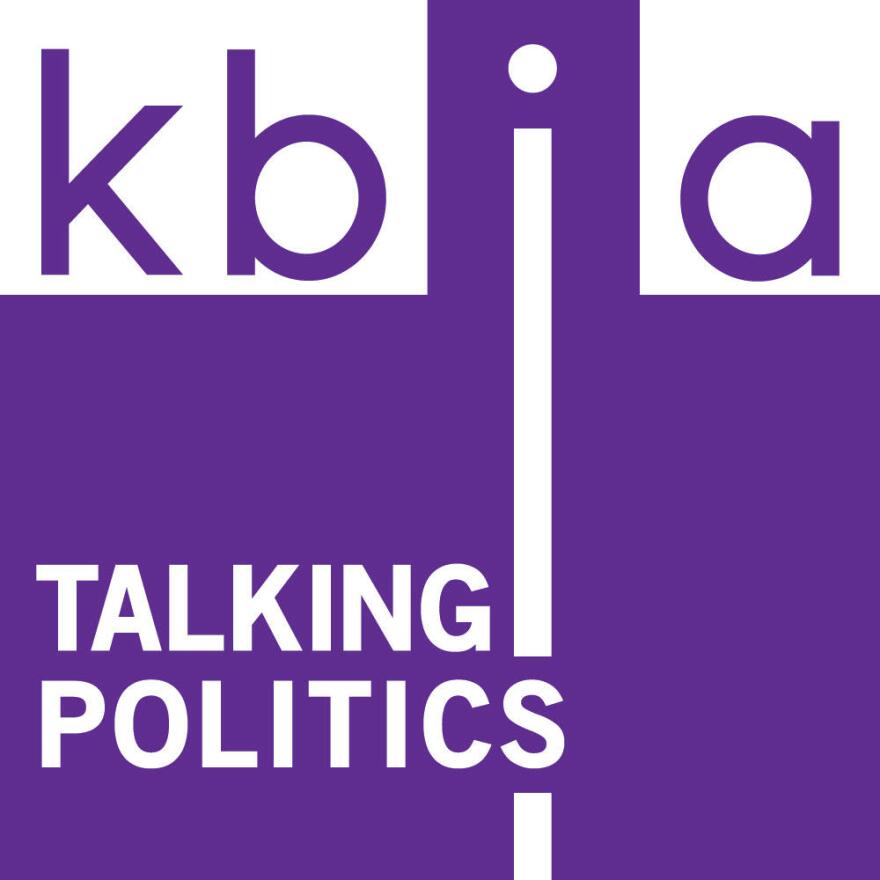Remember these two numbers: 110 and 45.
In 1968 Kit Bond, a moderate Republican, made his first foray into electoral politics. He ran in Missouri’s long-gone Ninth Congressional District against long-time incumbent Bill Hungate, a moderate Democrat.
My wife’s elderly uncle lived in Mexico, in the heart of the district. His politics were staunchly conservative. I said: “So you’re voting for Bond, right?” He said: “No, he’s the Republican.”
The uncle has passed on to the Great New Deal in the sky, and so has much of the Missouri Democratic Party. The huge coalition that Franklin Roosevelt built in the 1930s was always unstable but was big enough to absorb defections and still win national elections. The best examples are Truman’s win in 1948 (even with the loss of the Dixiecrats and several southern states) and Democrats’ holding onto Congress for almost all of the period between 1932 and 1994.
Missouri was a bellwether state for presidential elections for a century. With the exception of 1956 we voted for the winning presidential candidate every time between 1904 and 2004 (and very close in 2008). But it was Democratic at the state and local level, like all the Border states and the states in the former Confederacy.
A long-time friend and Democrat activist who has retired to California reminded me of some of the history of how and when all of this changed. A harbinger of the Big Switch occurred locally in 1966 when George Parker won a state house seat – the first Republican elected in Boone County to the state legislature since the Civil War.
The GOP started running young, dynamic candidates like Bond and John Danforth for governor and U.S. Senator. Both had crossover appeal to conservative Democrats, many of whom were suspicious of party bosses in St. Louis and Kansas City.
The key inflection point occurred in 1992, when Missouri voters approved state legislative term limits. Urban districts lost veteran legislators but did not change party. It was very different in rural Missouri. When conservative Democrats were termed out they were mostly replaced by conservative Republicans.
One of my favorite examples is from Callaway County. Dani Moore, with whom I went to college, was elected to the state legislature as a Republican, and I asked her when was the last time a Republican represented her district. She said: “I’m the first.” The first since statehood.
Back to the numbers at the top: After the 1988 election there were 110 Democrats in the Missouri House of Representatives. Currently there are 45. Almost all of them are from three counties – Boone, Jackson, St. Louis -- and St. Louis City. By 2020 Republicans had elected all five state-wide offices and both U.S. Senators, again, the first time since statehood.
In my next commentary I’ll talk about more causes of the decline of Missouri Democrats.
Dr. Terry Smith is a Political Science Professor at Columbia College and a regular commentator on KBIA's Talking Politics.

